Sunday, August 19, 2018
It’s been almost a month since my last post. My mother seems to have settled in at the skilled nursing facility she moved into a month ago. I visited her this afternoon, after attending a meeting to welcome the new contingent of M.F.A. students in creative writing at CSULB. My mother’s face lit up when she saw me. Even though I have very few happy memories of my childhood, other than having enough food to eat and a warm place to sleep (no small things!), it’s hard to resist the appeal of a very elderly face realizing that the outside world has not completely forgotten her. She will be 97 years old in December, and she only dimly understands what I do from day to day as a teacher. If I were to have told her this afternoon that I was interviewed this past Tuesday by KCET for a television program on Venice West that will be broadcast in two or three months, it would mean no more than an announcement that I have had my 20 year old car painted by a local auto body shop, owned by a man whose son is studying marine biology at CSULB. There is no longer an hierarchy of significance to retain as a plumb line for social value and accomplishment. The impingements of frailty have left her unable to remember even how old she is, or how that span of endurance might even give her oldest son a reason in its comparative meditation to gaze beyond his own youthful privation. The stubbornness in my mother’s eyes has begun to yield to an acceptance that is less judgmental of her fate and misfortunes. Until recently, that stubbornness was the provisional aspect of her resilient willpower as a resource bestowed upon her in compensation for the penury of my father’s 20 year career in the U.S. Navy. Now she has let the grip of that lifetime of economic restrictions be someone else’w concern. I let her nibble at a very ripe banana. She savors it, not as if for the first time, or the last, but with a gratitude that it exists at all.
I will be on sabbatical this semester, so I could have excused myself from being at today’s MFA meeting, but I wanted to meet some of the students whose application I read in the spring semester. They seem eager to get to work, and I believe they will be pleased to have chosen CSULB to get their “union card” of a degree. We have an exceptional faculty: Stephen Cooper, Lisa Glatt, Suzanne Greenberg, and Ray Zepeda teach fiction; Patty Seyburn, David Hernandez, Charles Harper Webb, and I teach poetry. In the middle of the last decade, only half of the current faculty were on the roster of the Department of English, so it’s a program that has grown despite few chances for the students to work as teaching assistants. On the whole, it’s a veteran faculty, with over 200 years of combined teaching experience and publication in several hundred literary magazines. Not everyone necessarily benefits from academic training in creative writing, but if one is going to choose this path, then you can hardly do better than to study at CSULB.
I suppose one piece of encouraging news on the domestic side of things is that Linda has found some studio space in San Pedro. It’s a bit of a drive from our residence in Long Beach, but more than worth it to have space where we don’t have to worry about having a palette of oil paint traipsed though by a resident feline and then tracked across the floor. Linda will move in on September 1st, and we are looking forward to a chance to work on some big canvases, which is hard to do in one’s daily dwelling place.
Finally, it is hard not to comment on the political contretemps of current American life. The ghastliness of Trump’s administration is on a scale beyond the normal limits of human comprehension, if only because I fear so many worse developments are yet in the making. In gauging his expectations that we should trust him, I am hardly the only one who has noted that President Trump has no capacity for appreciating anything but adulation. Far worse, however, is his pathological self-absorption, in which anything that can be ascertained as positive is supposed to be credited to his acumen. The current economy, for instance, is not thriving because of Trump, although it’s not thriving because of Obama, either. Rather, I believe that the prosperity bubble is largely due to the “work” being done by computers. The efficiency of computers has generated a considerable amount of wealth in terms of job productivity, and it is this factor that buoys things up for the time being. Unfortunately, very few companies, let alone politicians, have any idea of how to make best use of the this temporary benefit.
A couple of years ago, in this biog, I discussed how the current generation of youth should be called “the search engine generation.” It is a generation that was humiliated by the economic collapse of 2007-2008. The revival of the economy in the past four years does not erase the harrowing penalties of that debacle and its impact on youth people as well as the baby boom generation. That Trump has made no effort to compensate either generation for what they endured is just one of the things that causes me to despise him more than ever. If Trump is to be disposed of, it will involve the commitment of the “search engine generation” to a campaign focused on making his mendacity a matter of complete public knowledge. Given that he is no doubt tracking negative commentary with fanatical diligence, the willingness to speak up and risk being categorized as an “enemy of the people” requires more courage on the part of “the search engine generation” because they are the ones whose careers can be most decimated by Trump and his allies. Nevertheless, the rest of the electorate is truly depending on them to lead the way. Onward!
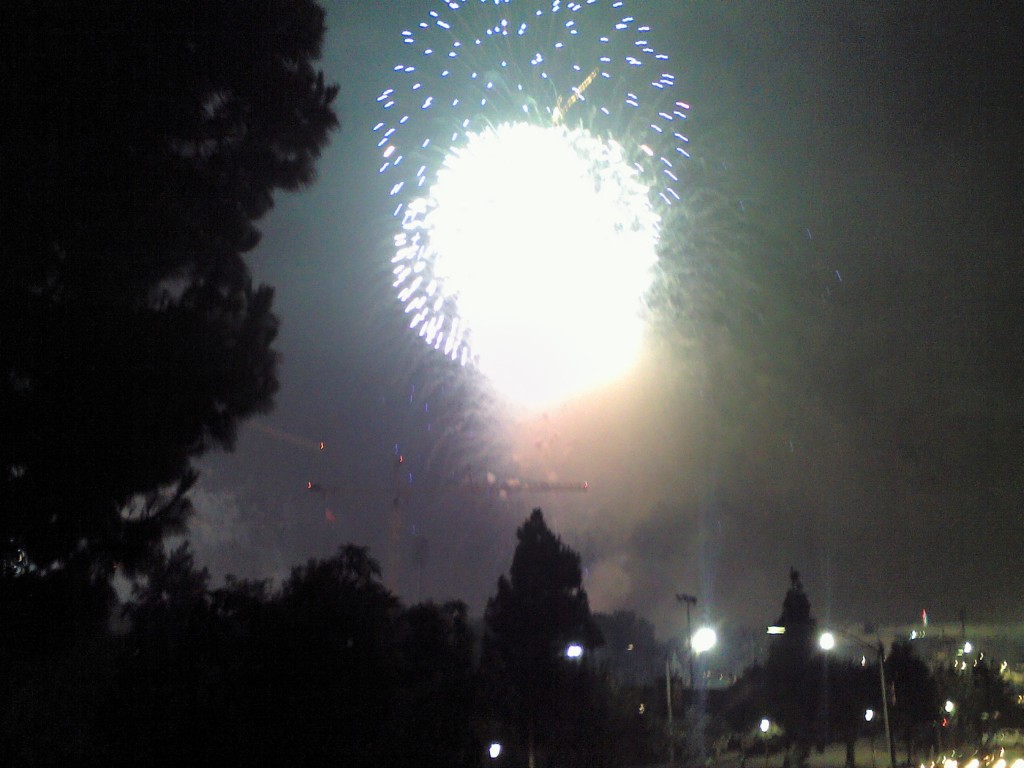


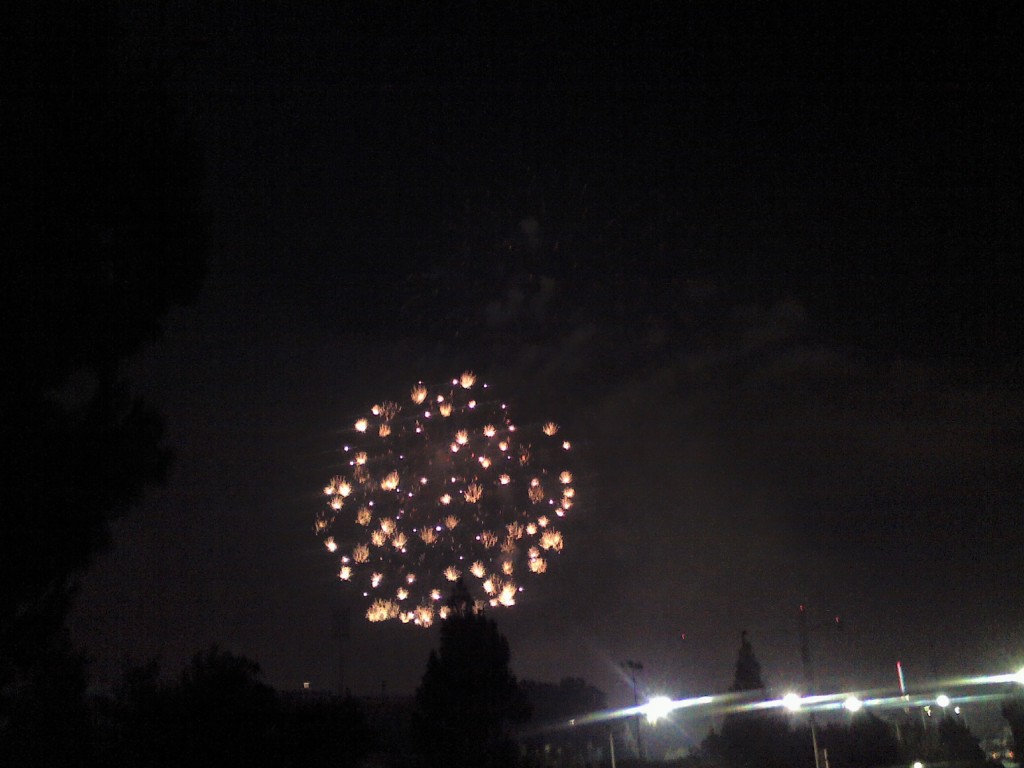
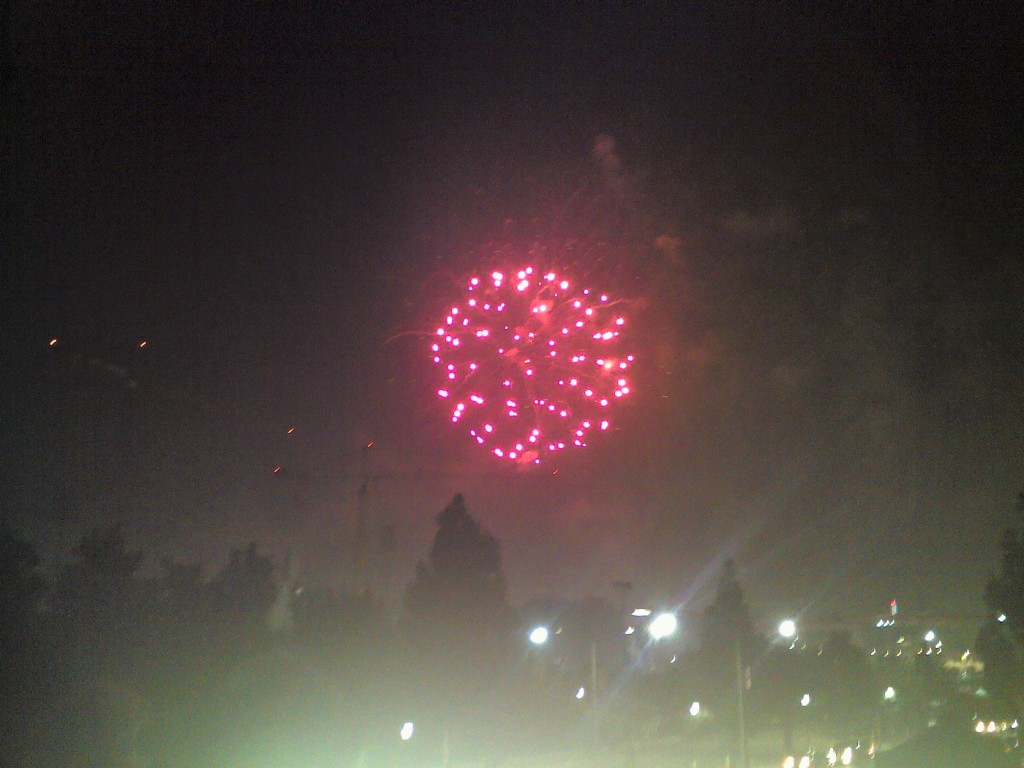
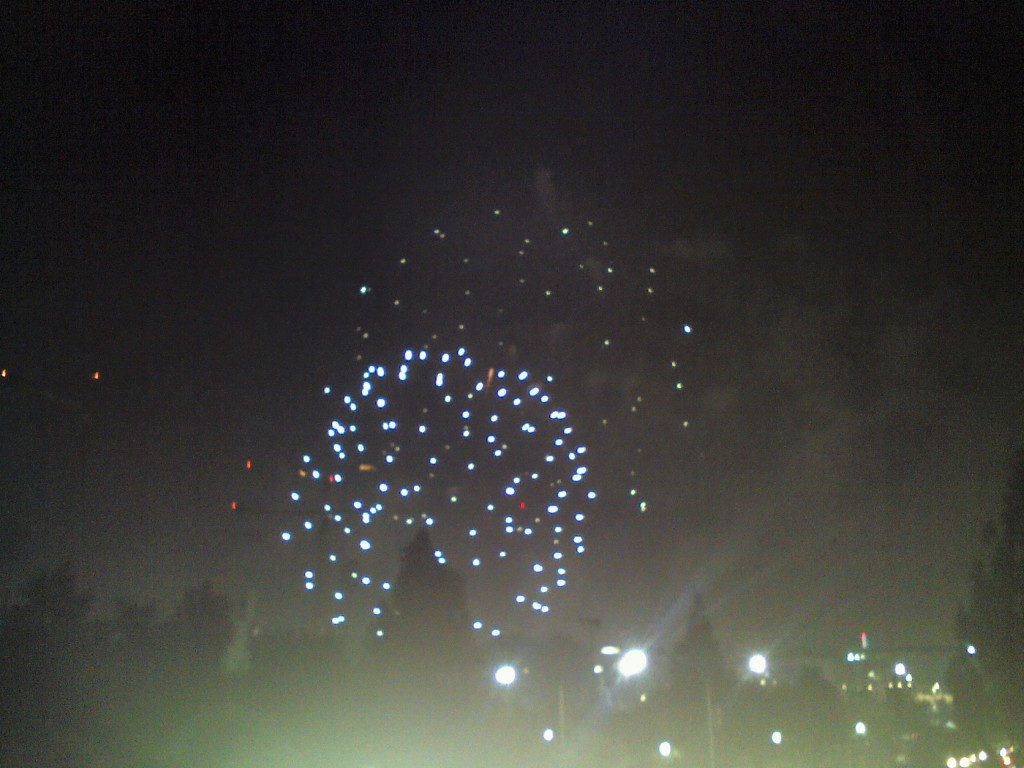
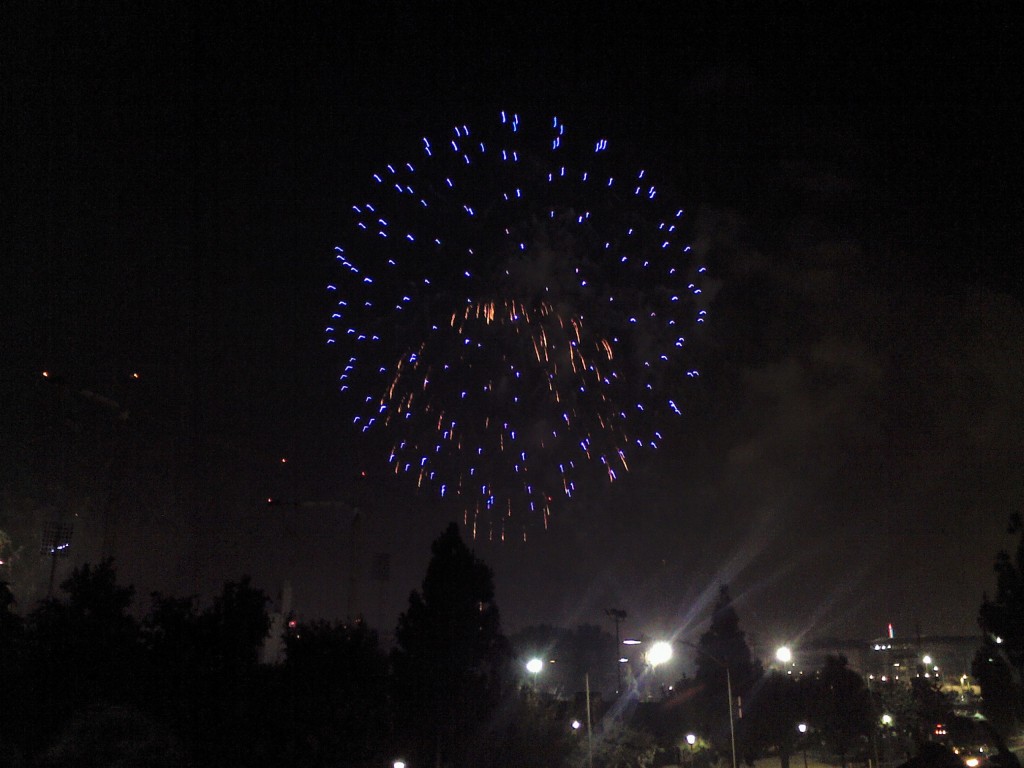
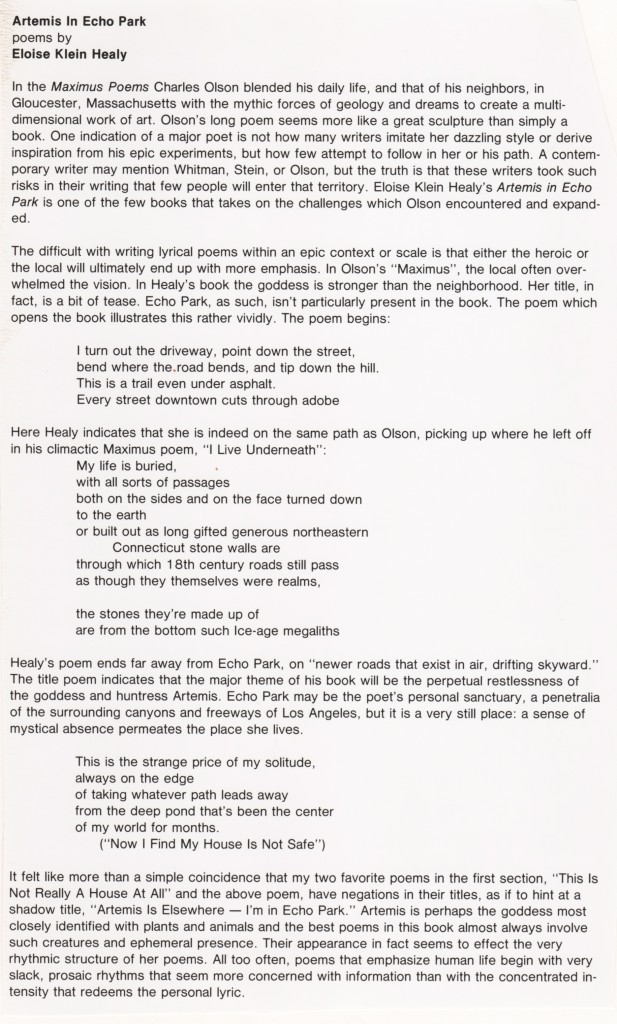
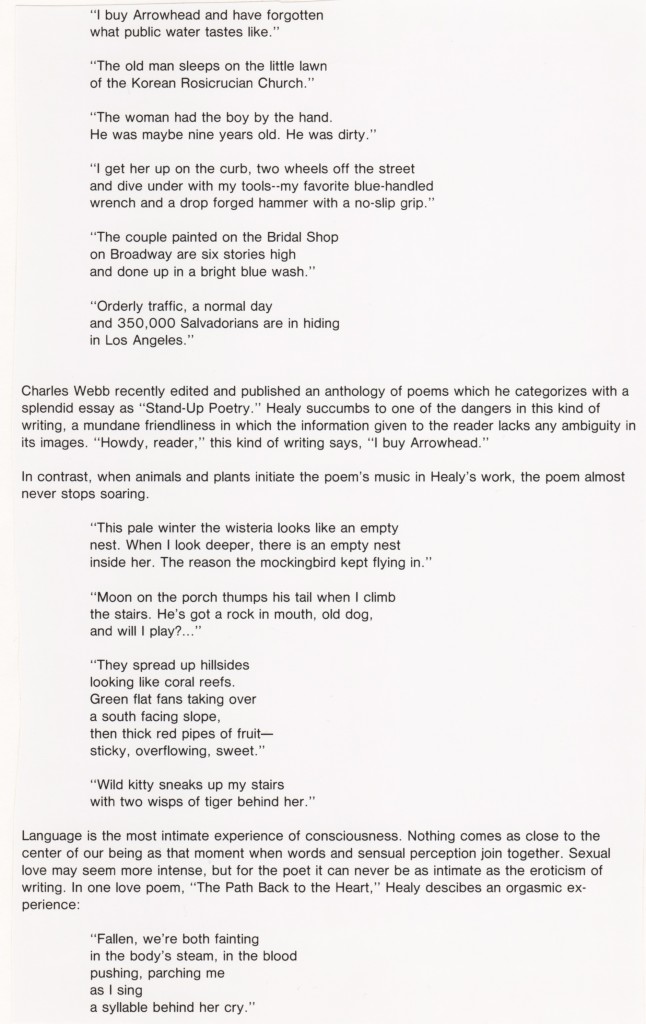
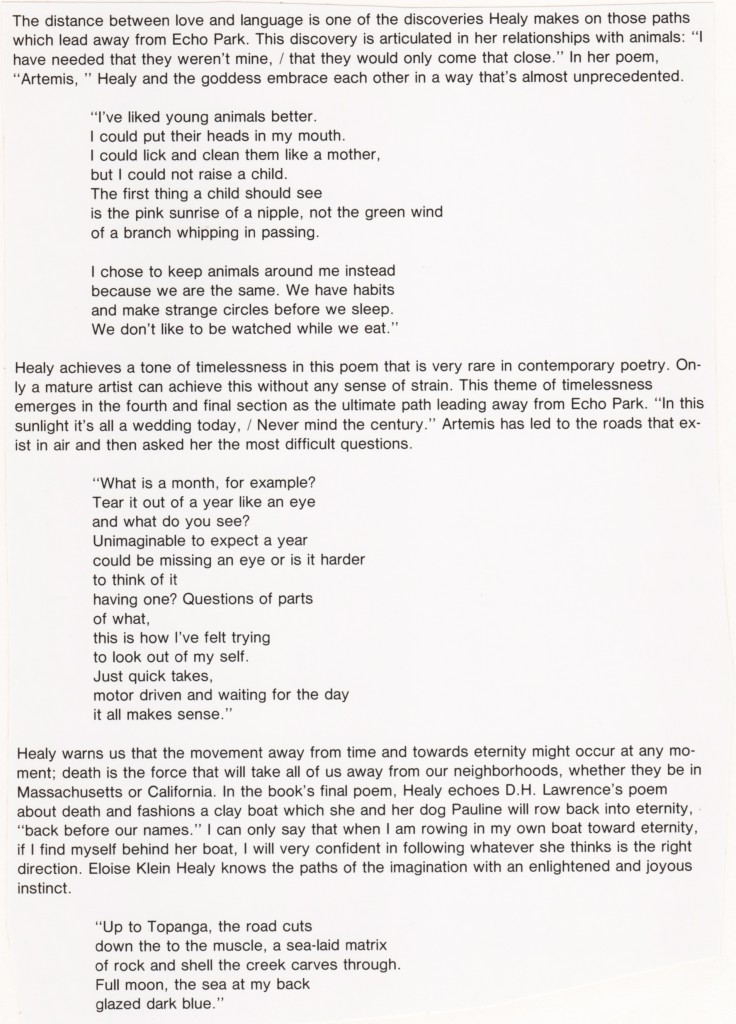
 About Bill Mohr
About Bill Mohr